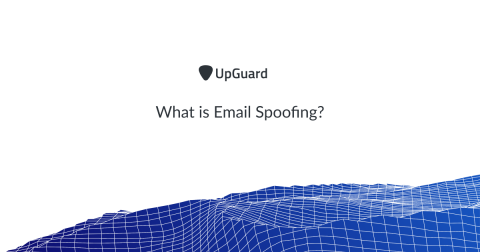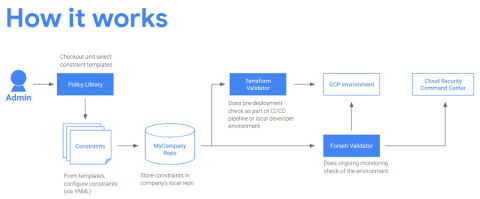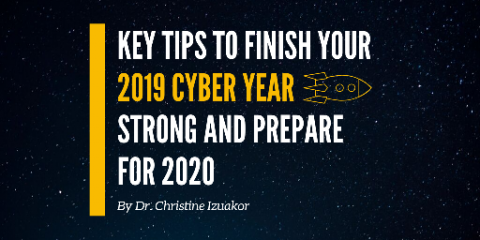What is Email Spoofing?
Email spoofing is the creation of emails with a forged sender address. Because core email protocols lack authentication, phishing attacks and spam emails can spoof the email header to mislead the recipient about the sender of the email. The goal of email spoofing is to get recipients to open, respond and engage with the email message. Email spoofing can greatly increase the effectiveness of phishing and other email-based cyber attacks by tricking the recipient into trusting the email and its sender.







